The Exquisite Woodwork of the 18th Dynasty
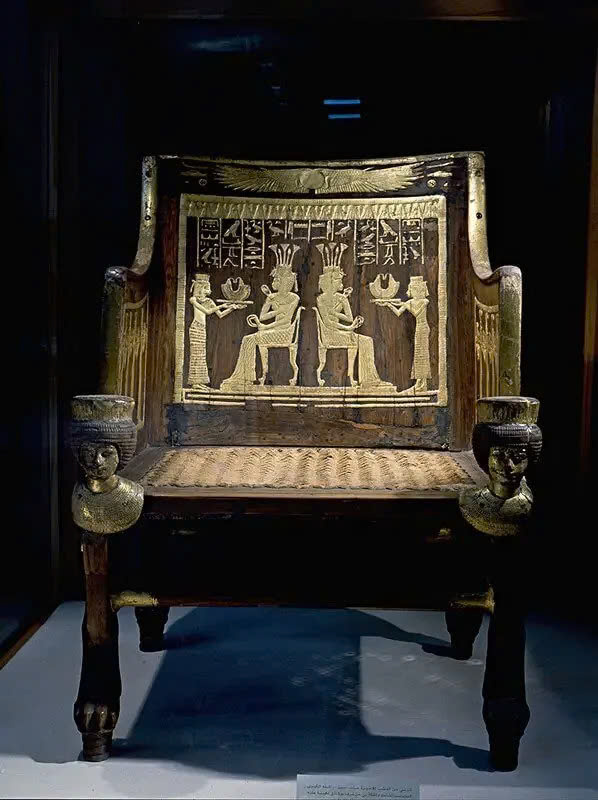
In the golden age of Ancient Egypt, during the illustrious 18th Dynasty, a masterpiece of woodworking was created – the throne of Princess Sitamun. This wooden marvel stands as a testament to the subtlety and elegance of Egyptian craftsmanship from over 3,000 years ago.
A Throne Fit for a Princess

The throne, fashioned from rich red wood, showcases the pinnacle of ancient woodworking techniques. Its surface is partially adorned with a delicate 4 mm thick veneer of the same luxurious red wood, adding an extra layer of refinement to its already impressive form.
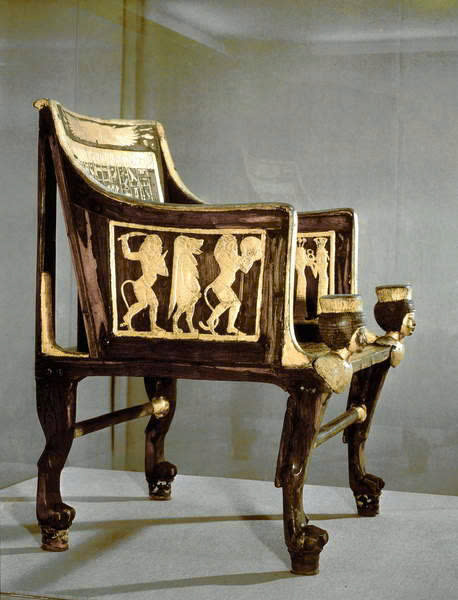
The legs of the throne are a sight to behold, sculpted to resemble powerful lion’s paws. These regal feet rest upon high bases, their surfaces divided by precise ridges. In its original splendor, the legs were encased in gleaming silver plate, remnants of which can still be seen today, hinting at its former brilliance.
Princess Sitamun: Daughter of Amun and Royal Consort
A Life Shrouded in Mystery

Princess Sitamun, whose name means “daughter of Amun” in Ancient Egyptian, lived around 1370 BC. While much of her life remains a mystery, inscriptions suggest she was the daughter of the great Pharaoh Amenhotep III and his principal wife, Queen Tiye.
In a twist of fate common to royal families of the time, Sitamun became more than just a princess. In the 30th year of Amenhotep III’s reign, coinciding with his first Heb-sed festival, she ascended to the role of queen consort, marrying her own father.
A Royal Residence
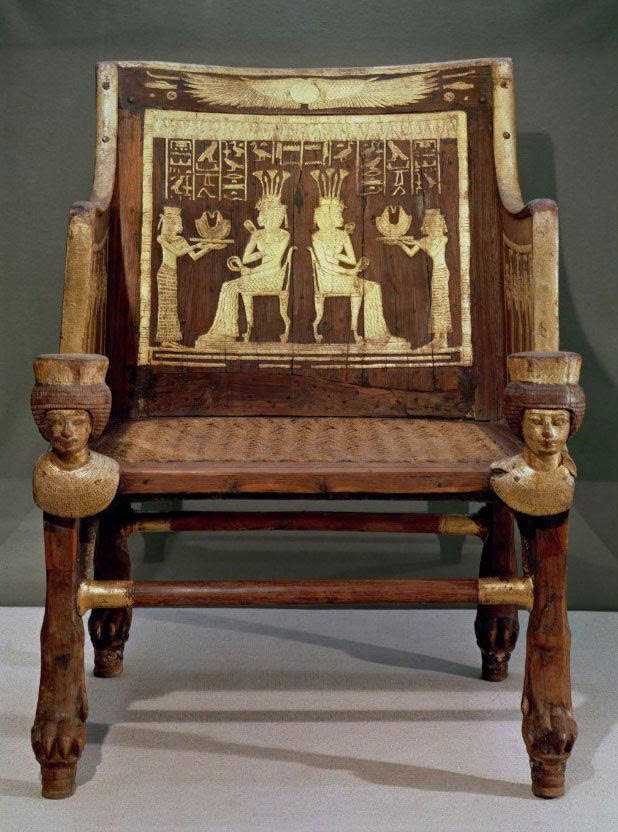
The grandeur of Sitamun’s life is further evidenced by her residence in the magnificent Malqata palace on the west bank near Thebes. Jar labels discovered by archaeologists refer to “The House of the King’s Daughter, Sitamun,” painting a picture of her elevated status within the royal household.
A Relic Rediscovered
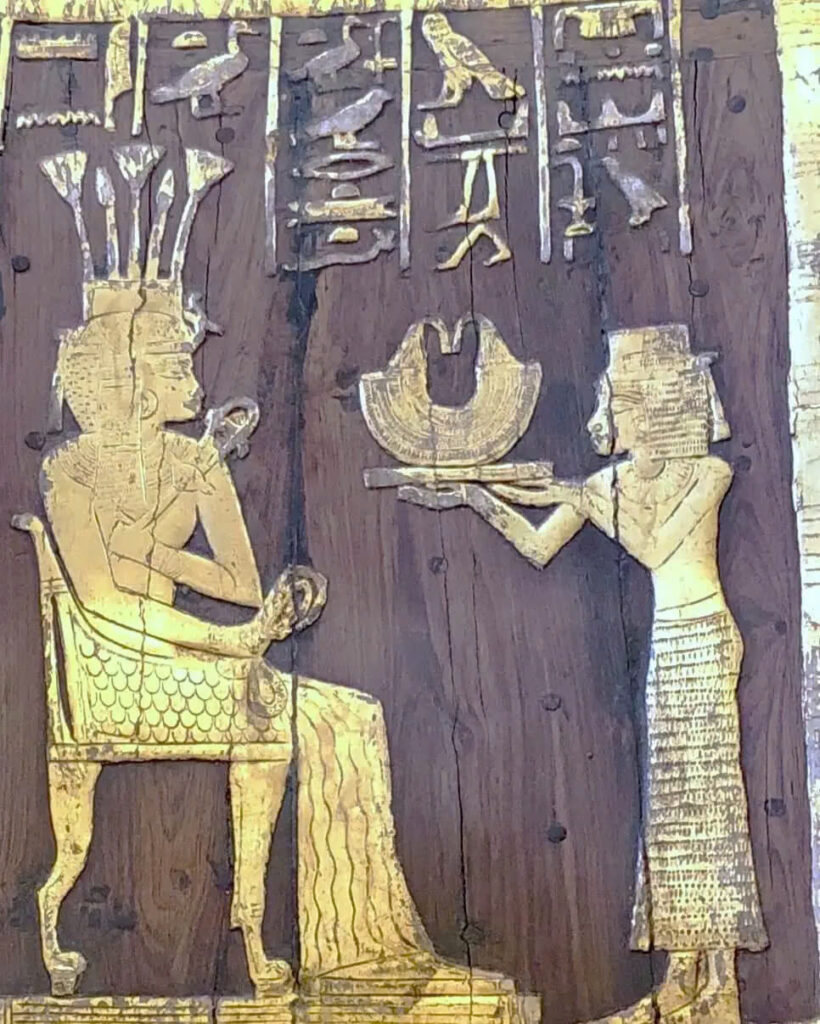
This magnificent throne, a silent witness to the life of Princess Sitamun, was not seen by human eyes for millennia. It lay hidden in the sands of the Valley of the Kings until 1905, when it was unearthed from the tomb of Yuya and Tjuyu (KV46) during excavations led by Theodore M. Davis.
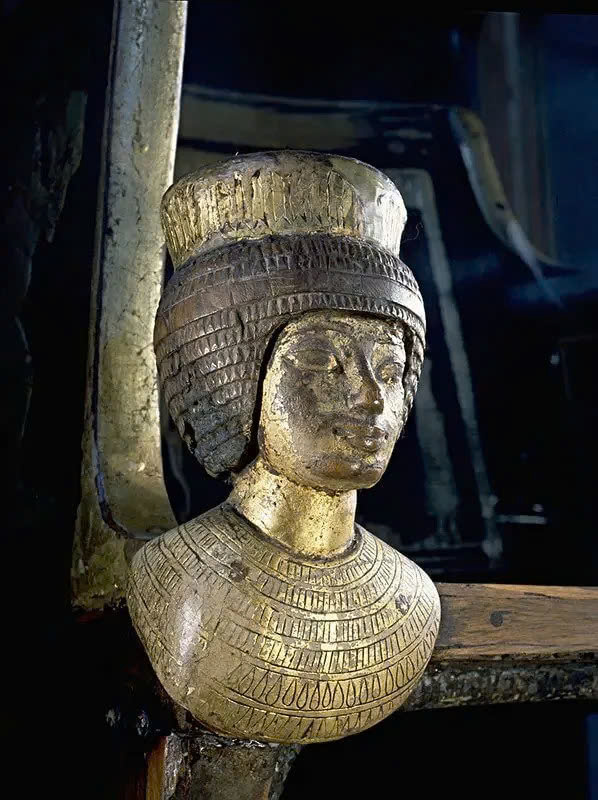
Today, this priceless artifact rests in the Egyptian Museum in Cairo, cataloged as JE 5342 and CG 51113. It stands as a tangible link to the opulent world of the New Kingdom, allowing us a glimpse into the life of a princess who lived, loved, and ruled in the golden age of Ancient Egypt.
